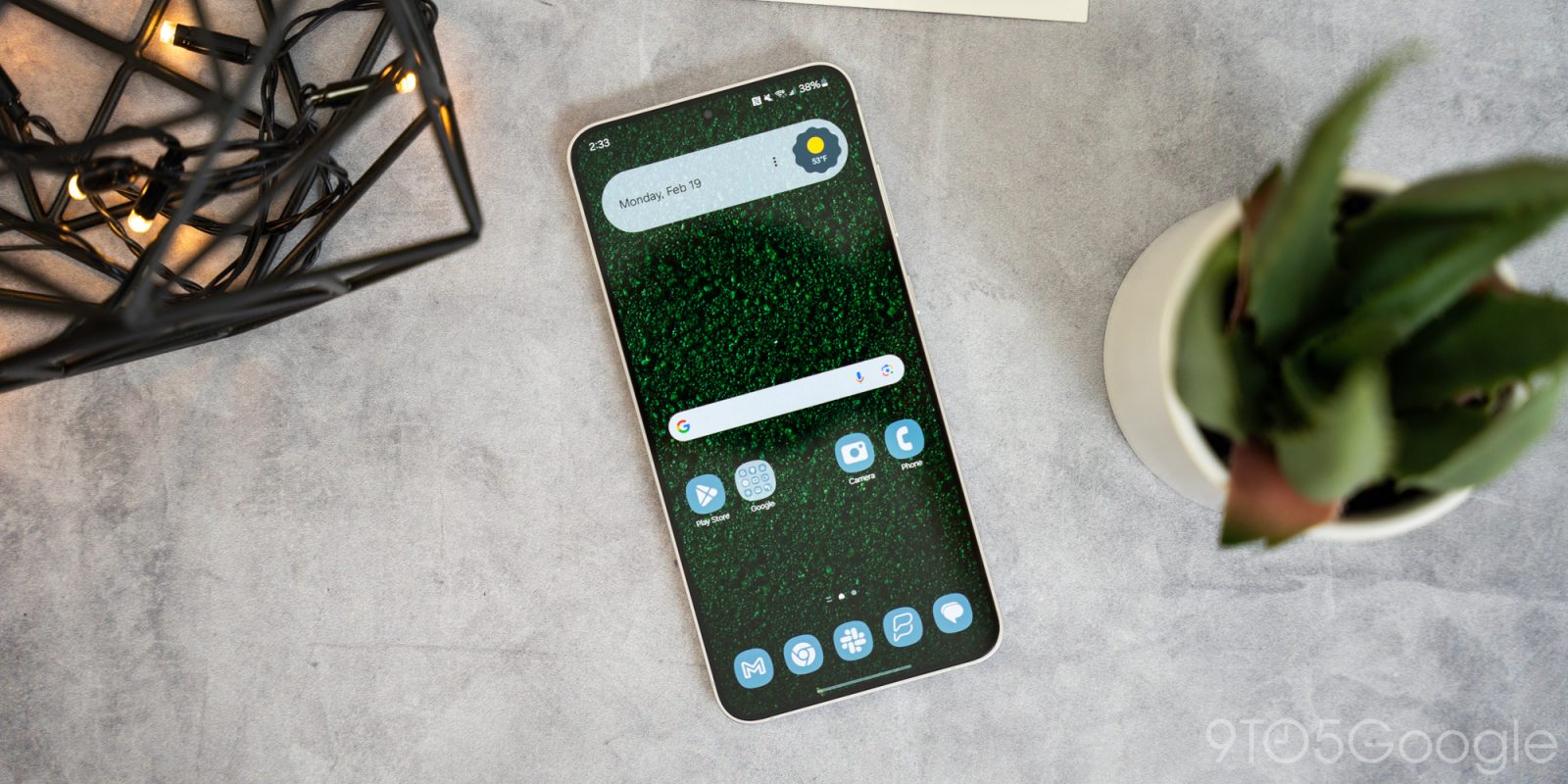
Updates are crucial to the health and overall performance of your Samsung Galaxy phone, no matter when it was made. This complete guide will give you all the information you need about Samsung’s Android and security updates, timelines, and more.
Table of contents
How to check for updates on Galaxy devices
A large majority of the time, updates will be pushed automatically to your Galaxy phone. You’ll know one is ready if you see a little notification that says, “Update ready to install.” All that’s required to start the update is a password entry or verification that you want to initiate the update.
There is one problem, however. It can sometimes take a little while for these updates to automatically push to your device.
The solution? By manually checking for updates on your Samsung Galaxy phone, you’ll be able to discover updates earlier, meaning you get the latest security patch or new OS even sooner. Here’s how to check for updates on your Samsung Galaxy phone:
- Head into the settings on your Samsung Galaxy device.
- Scroll all the way to the bottom and look for Software update. Tap it.
- Tap Download and install.
Your device will start looking for new updates. If one is available, you’ll be prompted to either install it or schedule an install time. You can schedule the update to install during the night so it won’t disturb your routine.
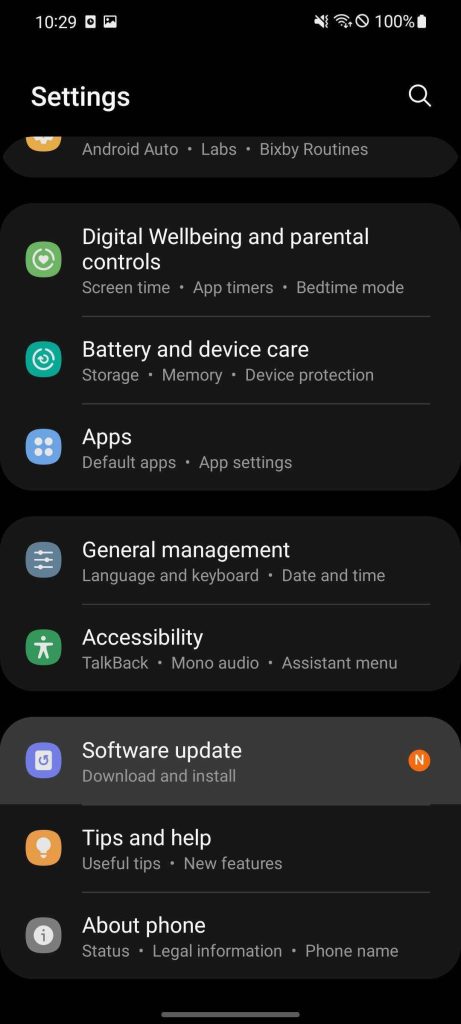

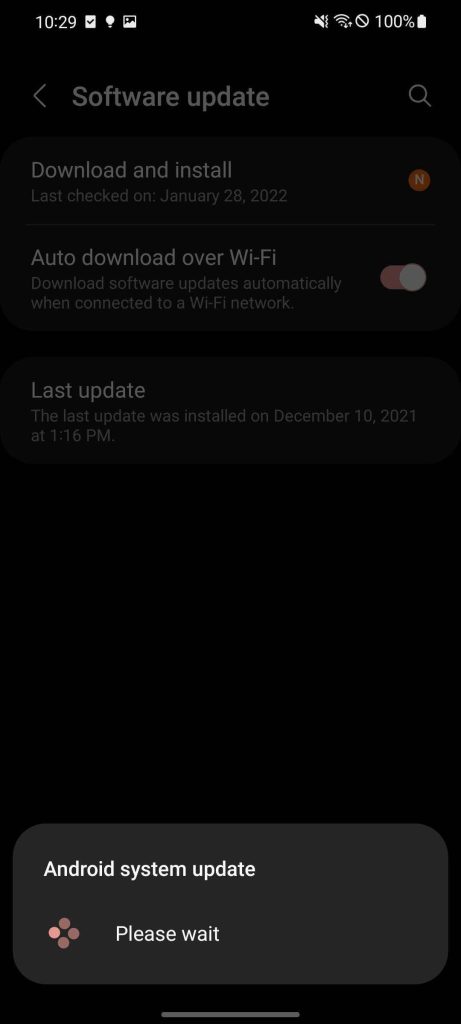

After the installation starts, it should only take about 10 minutes or so to completely install a security update. If it’s a larger Android update, you may want to schedule it to initiate at night, since it may take a good amount of time to optimize existing apps.
Can I sideload on Samsung phones?
Android devices are built on the idea of being able to be configured to your liking. This includes being able to push new updates to your device before they’re officially available. This is called sideloading, which takes a little more than just a few taps on your device. You’ll usually need a computer and added software.
Sideloading involves using a computer to manually send a file image to your device – usually in developer or recovery mode, depending on the method used – and having the computer use a series of tools to install the new OS on your device. Samsung devices make this a little tricky compared to Google’s Pixel line since Google has a lot of support available for Android sideloading.
While it’s absolutely possible to do, it isn’t an ideal process for the average user. There are a few things that can go wrong in this process that could critically damage your device. So, unless you absolutely know what you’re doing, sideloading should be a last resort when it comes to updates on your Samsung device. Waiting for the built-in update tool to get the update is safer and much easier.
How often does Samsung release security updates?
Samsung has a few different schedules when it comes to updates, but the company is one of the best in the industry for Android updates and security patches. Some devices get monthly security updates, some get quarterly, and some phones are only updated twice a year.
Generally, the older the device is, the more sparse the updates are. Devices like the Galaxy Tab S7+ and some other A-Series phones only get biannual security updates since they were released before 2021. Newer devices like the Galaxy Z Fold 5 and S24 Ultra get monthly security updates and will for a while.
Some Samsung devices slow down in update frequency as they age, moving from a monthly schedule to a quarterly schedule. For example, the Galaxy Z Fold 2 launched with monthly updates but now has a quarterly schedule. To find the status of your device, you can check Samsung’s security update schedule.
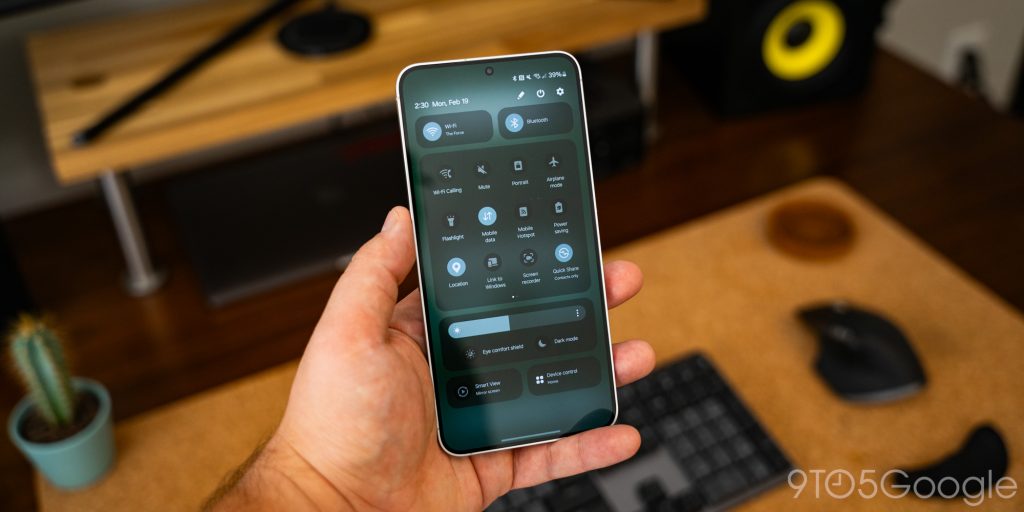
How long will my Samsung device get Android updates?
There are two different types of updates for your Samsung Galaxy phone. The first is security updates, which keep your device up to date with the newest cybersecurity precautions Samsung can offer. The other is system updates, otherwise known as Android updates. These are software updates meant to fix bugs and add features like those found in Android 14.
Samsung’s security update schedules
Recently, Samsung announced that the Galaxy S24 series would receive seven years of security updates. This means after seven years of owning your device, you can rest assured knowing that the latest update for your phone is still keeping you safe.
The company has also made promises for other devices that extend for four to five years, though those will be limited to devices released in the last couple of years. Below is a table that breaks down which current phones get four, five, and seven years of security updates.
| Four years | Five years | Seven years |
|---|---|---|
| Galaxy Z Fold | Galaxy Z Fold 3 | Galaxy S24 series |
| Galaxy Z Fold 2 | Galaxy Z Flip 3 | |
| Galaxy Z Flip | Galaxy Z Fold 4 | |
| Galaxy Z Flip 2 | Galaxy Z Flip 4 | |
| Galaxy S10 series | Galaxy Z Fold 5 | |
| Galaxy S20 series | Galaxy Z Flip 5 | |
| Galaxy Note 10 series | Galaxy S22 series | |
| Galaxy Note 20 series | Galaxy S21 series | |
| Galaxy Tab S8 series |
Samsung provides extended timeframes for certain devices that are a part of the company’s Enterprise lineup.
Android system updates
In terms of system updates, Samsung promises four years of Android updates for phones sold in 2022 or later. In essence, this means these devices get to see six different versions of Android in their lifetime, a new precedent previously unheard of by OEMs like Samsung.
To figure out how many years of OS updates you’ll get out of a device, the rule is as follows: However many years of security updates a device gets, it will get one less year of Android OS updates.
For instance, if the Galaxy S24 Ultra gets seven years of security updates, it will receive six years of Android upgrades.
With the release of the Galaxy S24, S24+, and S24 Ultra, Samsung has pushed the limit even further. Those who purchase these devices will be looking at a whole six years of Android updates! This also extends to select future S series devices as well, with those getting five years of security updates and four years of Android system updates.
When three years were promised for some Galaxy devices, we initially thought this was a great move and an impressive one at that. With the newest Android system update guarantee for S24 devices, we’re even more blown away by the commitment to these phones. Now, no other OEM like Google has excuses to limit updates to three or four years.
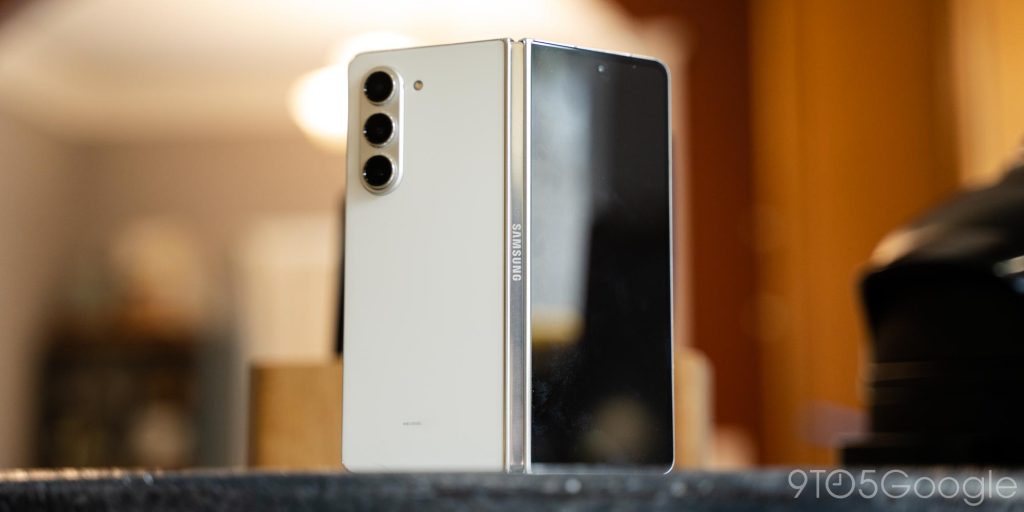
This is the most that Samsung has ever offered in terms of making sure your device stays up to date for a long time. With that being the case, don’t be afraid to check for updates every once in a while since they take a bit to get pushed to your Samsung Galaxy device.
What about the Galaxy Watch?
Similar to Samsung’s Galaxy phone, the Galaxy Watch series will often get quarterly updates that address security concerns and will occasionally bring new features, though the updates don’t always get split up as regularly as with the company’s phones.
For instance, the Galaxy Watch 6 Classic is Samsung’s newest flagship wearable. Its latest update was at the beginning of this month and brought a feature that allows you to sync your health data with a Samsung TV, similar to how Apple lets you see your heart rate and health data during a workout on an iPad or with Apple TV. The update also brings security fixes to improve reliability and safety.
The update before that was three months prior, putting the watch on a quarterly schedule.
To find updates for your Galaxy Watch, you can go into the Wearable app on your phone and look through the settings for an update. Of course, you may also see a notification that lets you install one immediately.
As time goes on, your Galaxy Watch will get less frequent updates. Currently, Samsung is adhering to the promise of four years of updates to the Galaxy Watch 4, Watch 5, and Watch 6 series.
FTC: We use income earning auto affiliate links. More.

Comments